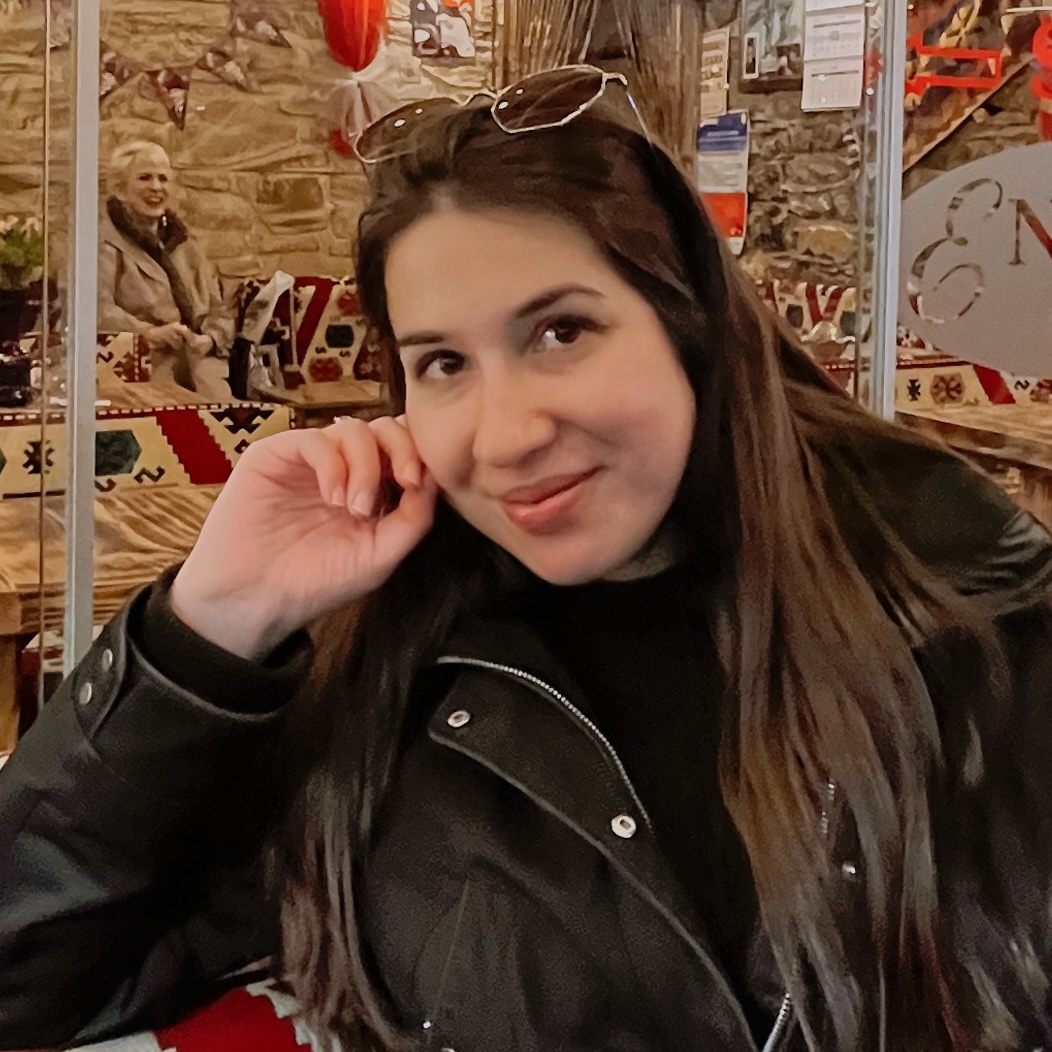The Story Behind the Wishbone
Happy Thanksgiving to you!
I hope today you will spend time reflecting on all you are thankful for: friends, family, health, being given another day, whatever blesses you deeply.
As you know, I can be a little curious or nerdy when taking a deeper look at traditions. So…
The Wishbone
Have you been curious about how the wishbone breaking game began?
According to Modern Farmer:
”The wishbone-breaking game has been around since the days of Plymouth Rock. In fact, it originated with the Etruscans, an ancient Italian civilization who held birds to be future-predicting oracles. Whenever the Etruscans slaughtered a chicken, they would harvest its wishbone and set it out in the sun to dry (in hopes of preserving the chicken’s divine powers). Passersby would then pick up the bone in order to hold it in their hands and softly Stroke it while making wishes upon it. This is where the wishbone gets its modern-day name.
When the Romans came in contact with the Etruscans, they took hold of this custom. As legend has it, today’s ritual of breaking the wishbone first emerged because of a supply and demand problem: So many Romans wanted to make wishes upon the chicken’s furcula that there weren’t enough wishbones to go around. The Romans passed the wishbone-breaking tradition along to the English, who brought the ritual with them over to Plymouth Rock. Here, the abundance of wild turkeys provoked a switch in the fowl, from chickens to turkeys.”
But there is a little culinary awareness with the wishbone as well. “
The wishbone is an oddly-shaped forked bone that’s the fusion of two clavicles called the furcula. It’s located right between the neck and breast of a bird.
Even if we were cooking a chicken whole in culinary school, the chefs had us carefully cut around and remove the wishbone first. Removing it meant that carving the meat later would be a lot easier since there wasn’t an awkwardly-shaped bone at the top of the breast to work around. (So if you want to impress everyone at the Thanksgiving table with your turkey-carving skills, you should remove the wishbone before roasting the turkey to make it easier to carve.)” – www.thekitchn.com
So whether you are saving your wishbone so you have the cleanest slices of turkey, more luck and your wish coming true from getting the longer half, or saving the bird’s divine powers, they all sound pretty good!
Happy happy Thanksgiving! I hope you know I am thankful for you!
























